Pink corydoras - Corydoras axelrodi
Scientific name: Corydoras axelrodi
Common name: Pink corydoras
Family: Callichthyidae
Usual size in fish tanks: 4 - 5 cm (1.57 - 1.97 inch)
014
Recommended pH range: 6.1 - 7.5
Recommended water hardness: 7 - 20°N (125 - 357.14ppm)
0°C 32°F30°C 86°F
Recommended temperature range: 22 - 27 °C (71.6 - 80.6°F)
The way how these fish reproduce: Spawning
Where the species comes from: South America
Temperament to its own species: peaceful
Temperament toward other fish species: peaceful
Usual place in the tank: Bottom levels
Food and Feeding
The Pink Corydoras (Corydoras axelrodi) is an omnivore that will happily accept a variety of foods. A balanced diet should include high-quality flake food or specialized catfish pellets, supplemented with algae wafers. They also enjoy treats like bloodworms and brine shrimp, which should be offered sparingly - no more than twice a week. This variety helps ensure they maintain optimal health and vibrant coloration.
Origin
Native to South America, the Pink Corydoras is found specifically in the Rio Meta, Colombia. This river system provides the slow-moving, slightly acidic waters that these fish naturally inhabit. Understanding their origin helps in creating an environment in captivity that closely mimics their natural habitat.
Sexing
Sexing Pink Corydoras is relatively simple when viewed from above. Females tend to have a stockier, more rounded body shape compared to the slimmer males, and they are slightly larger in size. These differences are especially noticeable during the breeding season.
Breeding
To encourage breeding, introduce fine-leaved plants into the aquarium and perform regular water changes using slightly cooler water. These environmental triggers often prompt the fish to spawn. The eggs are scattered throughout the tank, and it's important to remove the parents once spawning is complete to prevent them from eating the eggs. After about a week, the eggs will hatch, and a few days later, the fry will be free-swimming. At this stage, start feeding them infusoria or microworms, and after a few more days, they will be able to consume newly hatched brine shrimp.
Lifespan
With proper care, Corydoras axelrodi can live for 5 to 6 years. Maintaining stable water conditions and a varied diet is key to ensuring they live a healthy and full lifespan.
Short Description
The Pink Corydoras is a peaceful species that thrives in groups, as they are naturally social fish. Keeping them in small schools helps reduce stress and promotes natural behavior. Due to their calm nature, they make excellent tank mates in community aquariums. These fish are highly adaptable, but their tank should feature plenty of hiding spots like plants and driftwood to make them feel secure.
Pictures
Bought by aqua-fish.net from jjphoto.dk.
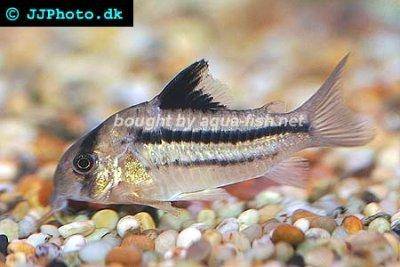




 Aspidoras
Aspidoras 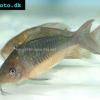 Giant
Giant 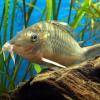 Hognosed
Hognosed  Emerald
Emerald  Cascarudo
Cascarudo 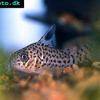 Acre
Acre  Adolfo’s
Adolfo’s 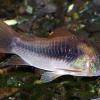 Bronze
Bronze  Agassizii’s
Agassizii’s 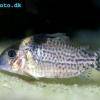 Spotted
Spotted 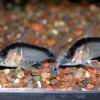 Skunk
Skunk  Corydoras
Corydoras 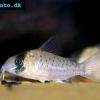 Fairy
Fairy  Corydoras
Corydoras 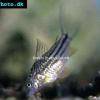 San
San 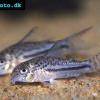 Bond’s
Bond’s 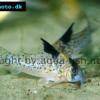 Spotted
Spotted  Tailspot
Tailspot 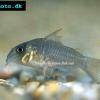 Concolor
Concolor 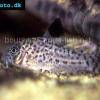 Cope’s
Cope’s  Sand’s
Sand’s 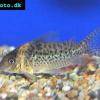 False
False 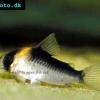 False
False  Ehrhardt’s
Ehrhardt’s  Elegant
Elegant 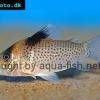 Saddle
Saddle 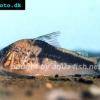 Fowler’s
Fowler’s  Gomezi
Gomezi 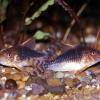 Palespotted
Palespotted 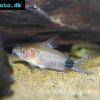 Guapore
Guapore 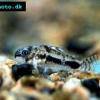 Dainty
Dainty 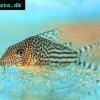 Mosaic
Mosaic  Imitator
Imitator 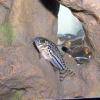 Julii
Julii 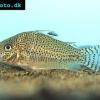 Leopard
Leopard 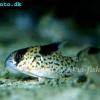 Black
Black 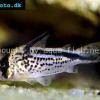 Slant-bar
Slant-bar 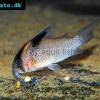 Bluespotted
Bluespotted  False
False 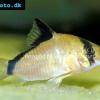 Bandit
Bandit  Mini
Mini  Napo
Napo  Corydoras
Corydoras 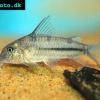 Blue
Blue  Nijssen’s
Nijssen’s 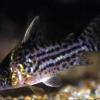 Ornate
Ornate  Peppered
Peppered 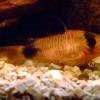 Panda
Panda 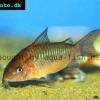 Albertini
Albertini  Pastaza
Pastaza 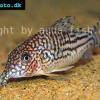 Corydoras
Corydoras 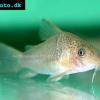 Many-spotted
Many-spotted 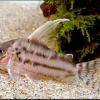 Pretty
Pretty 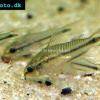 Dwarf
Dwarf  Iridescent
Iridescent 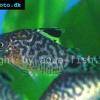 Reticulated
Reticulated 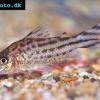 Bannertail
Bannertail 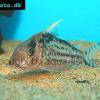 Robust
Robust 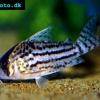 Schwartz’s
Schwartz’s 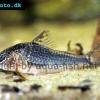 Black
Black 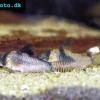 Longnosed
Longnosed 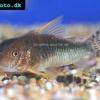 Seuss’
Seuss’ 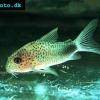 Smudge
Smudge  Masquerade
Masquerade 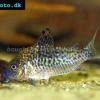 False
False 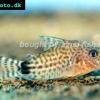 Millenium
Millenium 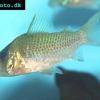 Pinkthroat
Pinkthroat 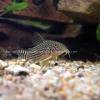 Sterba’s
Sterba’s 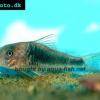 Longsnout
Longsnout 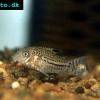 False
False 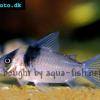 Miguelito
Miguelito 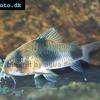 Twosaddle
Twosaddle 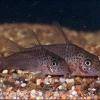 Xingu
Xingu 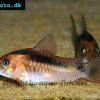 Black
Black 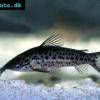 Porthole
Porthole 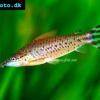 Flagtail
Flagtail 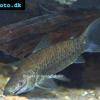 Brown
Brown 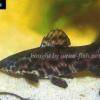 Spotted
Spotted